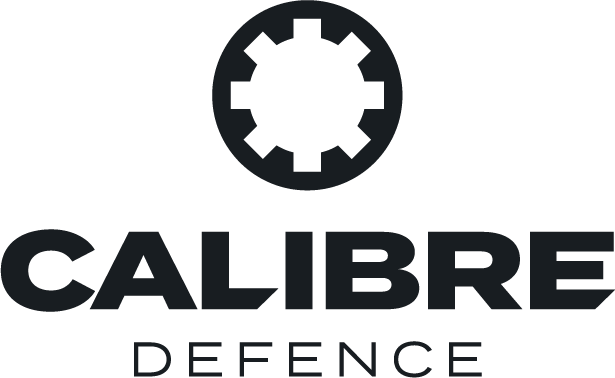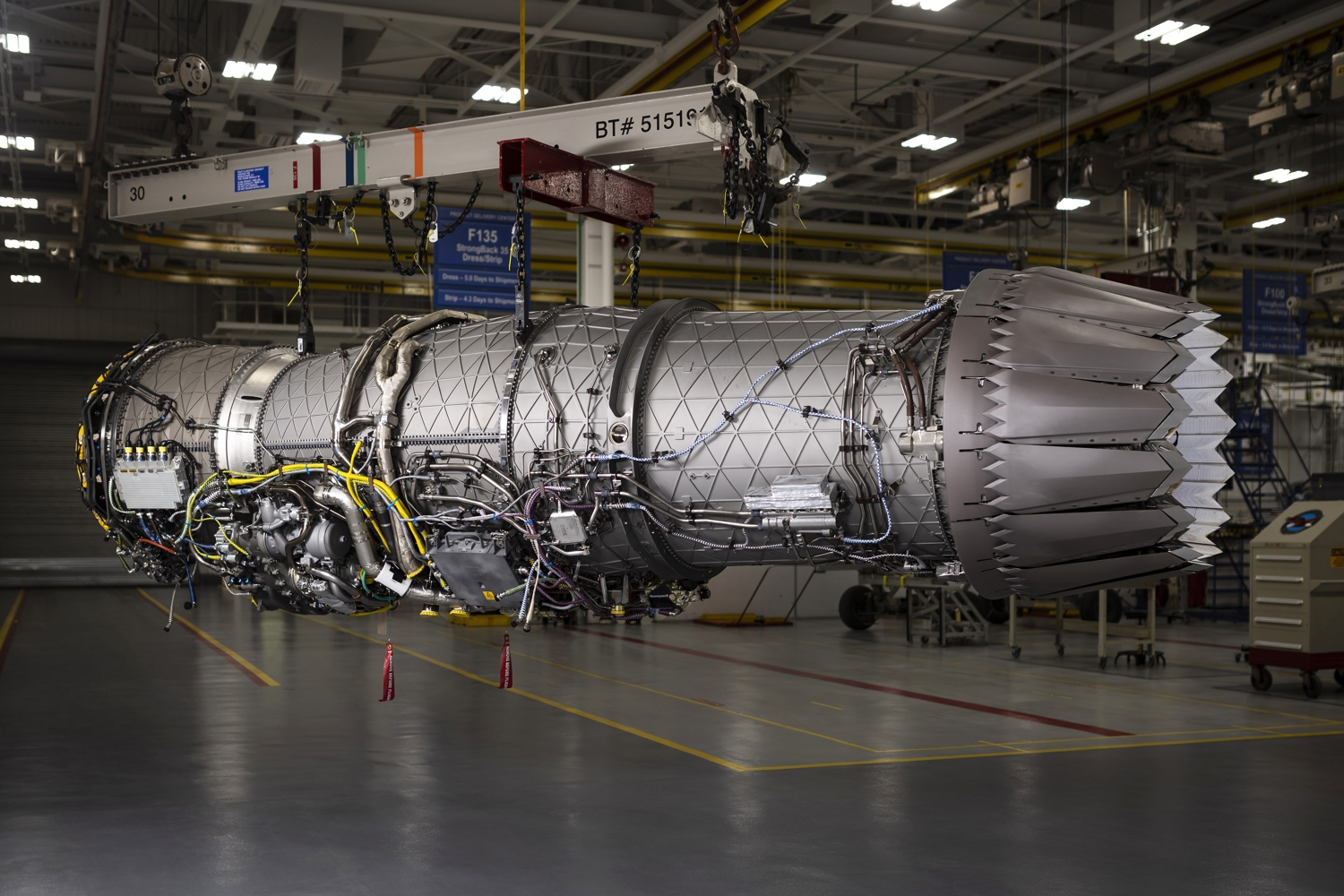Anduril selected to develop new rocket motor for US Army
Anduril Rocket Motor Systems has been selected by the US Army to develop a new solid rocket motor that will aim to increase the number of rockets that a system like the M142 HIMARS can carry whilst maintaining range and lethality, according to a 21st March post on the Anduril website.
The new solid rocket motor will have a diameter of 120 mm (4.75 inches) and the programme will include motors using traditional “aluminized propellant;” propellants typically use powdered aluminium for fuel as it burns at a very high temperature providing greater thrust for the weight of the propellant. Anduril will also design rocket motors using its ALITEC fuel, which increases the range of guided rockets whilst also reducing the size and weight of the munitions, according to Anduril.
ALITEC uses an aluminum-lithium alloy fuel, which is similar to a traditional aluminium powder based fuel except that the lithium can increase the energy output and improve burn efficiency. It is also extremely light, meaning that it can potentially add energy density without dramatically increasing weight. One experiment combined aluminium-lithium alloy fuel with ammonium perchlorate, it found that the burn rate was increased and the size of the propellant products reduced, leading to a more efficient rocket motor design than a similar product with aluminium only.
“The US military needs affordable, high-volume precision fires that can be delivered at scale. We need affordable mass. Anduril’s solution will increase magazine capacity while maintaining the range, effectiveness, and lethality required on today’s battlefield,” Dr. Neil Thurgood Senior Vice President at Anduril wrote in the 21st March post.
The smaller rocket motor will allow up to 30 guided rockets to be carried on an M142 HIMARS, Dr. Thurgood continues, adding that it will provide a more cost efficient design.
Anduril procured Adranos, a solid rocket motor company in 2023, and has since secured a $14.3 million investment from the US government designed to recapitalise rocket motor production in the US. This is combined with Anduril’s own $75 million investment in new production techniques and the design of the 4.75 inch rocket motor.
Calibre comment
Generally speaking, the range of a rocket or missile and the payload it has to carry will drive the size of the system. Need a rocket to fly further and faster than another system? It is likely to be a bigger and more expensive design. It is possible to build more efficient rocket motors using different designs and launch principles as well as different compositions for the rocket fuel. However, guided rocket artillery is about delivering effects against a target at the right ranges. This means that the rockets have to carry a large enough warhead to destroy or damage vehicles, to suppress, kill or wound personnel, and potentially to destroy buildings.
This requires weight – the M31A1 guided rocket used by the MLRS and HIMARs delivers a 90 kg high explosive warhead – which has proven its ability to destroy Russian armoured vehicles in Ukraine. However, Anduril’s proposed rocket motor – at 120 mm in diameter – would have to deliver a warhead of equal lethality with a rocket motor that is potentially 54% smaller than the existing design. This represents quite a significant improvement in fuel efficiency if the M31’s range of 70 km is to be maintained. According to Anduril’s website, ALITEC fuel will indeed increase range and speed to target, and expand payload when compared to conventional rocket motor designs. This might all be possible in the same sized rocket, but may present challenges in a smaller design.
By Sam Cranny-Evans, published 25th March, 2025.

Sign Up for Updates!
Get insider news, tips, and updates. No spam, just the good stuff!





